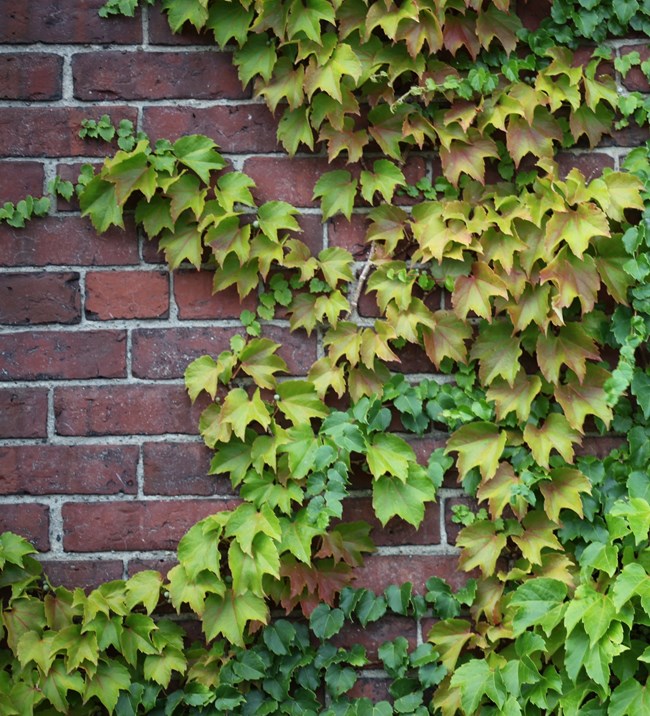
These vines do not often grow in the wild, unless their seeds are spread unintentionally by birds. Typically humans cultivate this vine to cover stone and brick walls. This plant is not native to Lowell or the Northeast. It was brought to Massachusetts in 1852 from Japan (hence the name Japanese Creepers). Because these plants do not grow easily without human intervention and occupy space many other plants cannot live in, this invasive species is not seriously detrimental to the local ecology. The glossy, three pointed leaves of this plant turn a deep red in the fall, blending in well with the Northeast's seasonal aesthetic. Related to this species is the Virginia Creeper, which is native to North America and shares similar properties. The easiest way to tell the difference is that the leaves of Boston ivy are whole, while Virginia Creepers split into five separate leaves. |
Last updated: September 26, 2020
